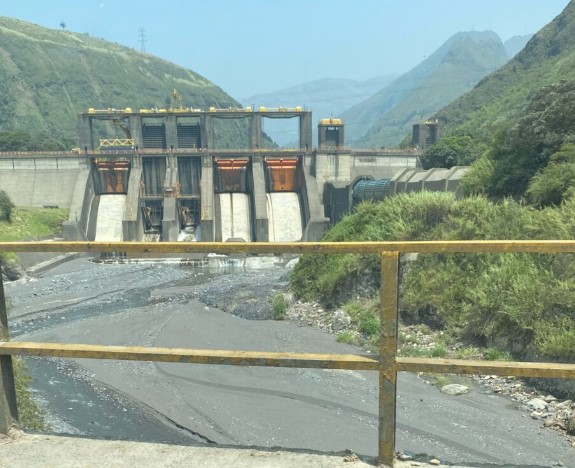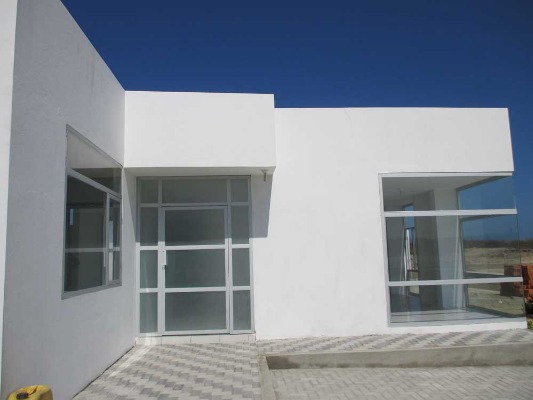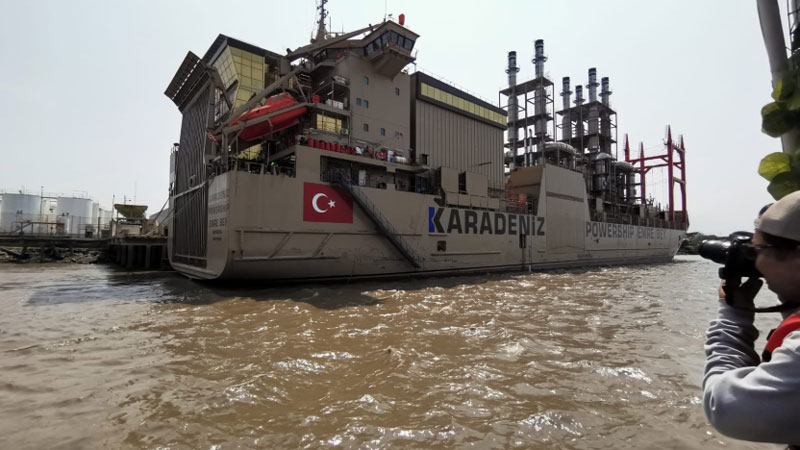Comptroller blames blackouts on poor management, stalled projects and lack of investment
A review by Ecuador’s Comptroller’s Office says the country’s electricity crisis could have been avoided. In a report released Wednesday, the Comptroller blames poor management, lack of communication, delayed maintenance and stalled projects for the blackouts in late 2023 and early 2024.

Maintenance on the Agoyan hydroelectric plant on the Pastaza River is behind schedule, according to the Comptroller’s Office.
Even as new blackouts loom as a result of the prolonged drought, the report says public electric utilities are not taking actions that could reduce the impact.
The report followed a review of the government’s Electricity Master Plan for the period from 2019 to December 2023, which the Comptroller says was mostly ignored for to a variety of reasons, including “incompetent oversight” and political influence.
The Comptroller cited five problems it believes led to the power crisis.
First, the report said that Ministry of Energy and Mines and the National Electricity Operator (Cenace) could not agree on the production capacity of the country’s hydro and thermal generation plants. The Ministry claims there are 133 plants with a capacity of 7,177 Megawatts while Cenace lists 124 plants with a generation capacity of 6,976 MW. “This discrepancy was revealed in various public announcements that confused the public but, more important, created confusion regarding strategies to solve the energy shortage.”
The report cited an “unaccountable” lack of maintenance at five power plants: Miraflores in Manabí, Jivino in Sucumbíos, Termogas Macahala in Los Ríos, La Propicia in Esmeraldas and Aníbal Santos and Trinitaria in Guayas. According to the Comptroller, this neglect deprived the power grid of 175 MW.
The Comptroller’s review also claimed that six thermal power plants have been entirely out of service since 2019 (including Lligua, Loreto, Termoguayas, Victoria II) and another four since 2018 (including Isimanchi, Luluncoto, Río Chimbo), with no explanation. “There is nothing on the record to explain these shutdowns and again, hundreds of megawatts of generation are lost,” the report says.
The report also cites mismanagement in the purchase of fuels. One example, it says, was the failure to purchase natural gas to fuel the thermal plant at Termogas in Machala. “Again, by mistake and poor management, megawatts were lost,” the Comptroller said.
Finally, the Comptroller’s report reveals, 12 of 14 generation projects that began construction between 2019 and 2021, were never completed. “For funding reasons, these projects remain only partly built,” the report concludes. “Apparently, political decisions were made to defer the work and now we see the result of this shortsightedness.”
The report noted that maintenance at the country’s major hydroelectric generators, the Paute-Mazar complex and Coca Coda Sinclair, was carried out but “too late in most cases”, again citing poor decisions by management.
The Comptroller concluded by suggesting more needs to be done to prepare for possible blackouts later this year. “Again, we see the problem of deferring decisions until the crisis is much worse,” the report says. “Considering the drought and shortage of generation capacity, officials should begin rationing immediately, such as imposing planned one- hour blackouts each day,” the Comptroller recommends. “This would be only a minor inconvenience to the public but would conserve water in the reservoirs until the rainy season begins. Again, we must make better management decisions.”
















